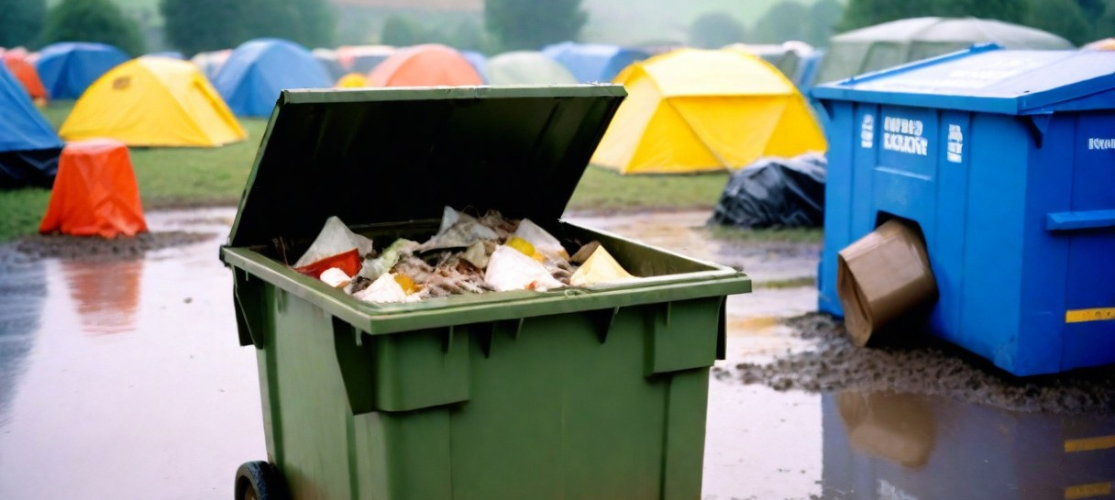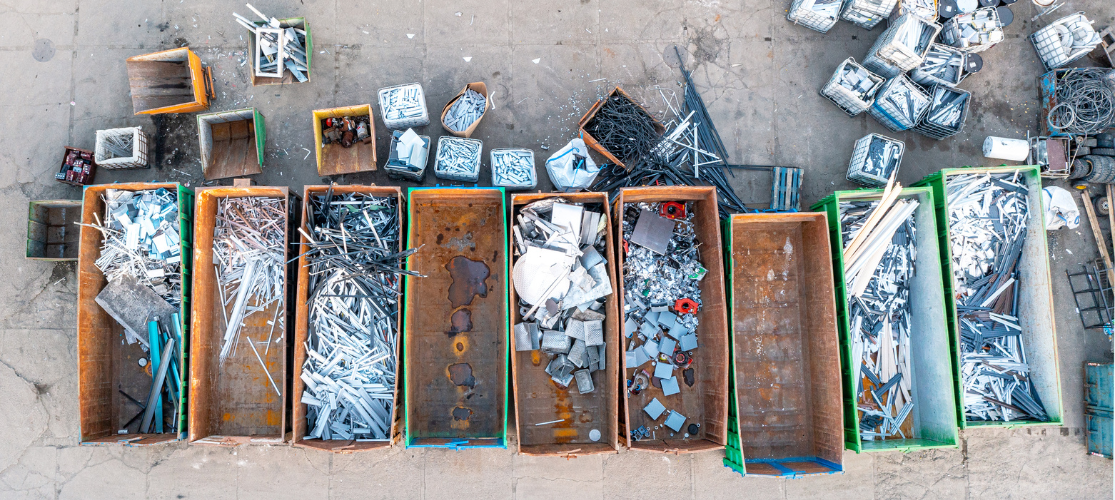There’s an art to loading a skip, especially if you’re trying to save space and get the most for your money! If you fill your skip too quickly from careless throwing things in, you will find yourself having to hire out a second skip, or waste time unloading and reloading. Save yourself time and money, by loading your skip smartly and carefully, fitting pieces together like a puzzle, and making sure to fill in all gaps.
But how can you make sure you’re doing this properly? Let’s explore how to load a skip properly.
Understand which items can and can’t be loaded
Legally, there are particular items that can’t be put in a skip as they are deemed hazardous, and which may cause harm to the environment or people’s health. Updated waste regulations were introduced March 2011 by the UK Government, and must be followed by both business and domestic uses of skip.
Items which can’t be thrown into a skip include:
- Asbestos
- Gas cylinders
- Animal waste
- Explosives
- Batteries
- Oil of any kind
- Chemicals
- Paint and glue
- Televisions
- Laptops
- Phones
- Lighting
- Tyres
The company you have hired the skip from may also have certain requirements depending on the type of skip you’ve hired, and where they dispose of the waste, so be sure to check when you hire the skip.
Despite hazardous items not being permitted to be disposed of in your skip, EJ Shanley offers an end-to-end waste management service. If you have hazardous waste you need to get rid of, contact us.
Organise your items
To save time unloading items that don’t fit, and to maximise the available space in your ski, we recommend sorting your items into the following 4 categories:
- Flat items: Such as panels, flat boxes, cardboard, wood planks or plasterboard
- Tessellate objects: Such as bricks or tiles,
- Large and bulky items: Such as sofas, fridges, washing machines, large furniture pieces, sinks or toilets
- Loose debris and rubbish: Such as soil, sand, gravel and nails
Make sure you organise your piles of waste close to the skip so you’re not making many trips back and forth!
Load the heaviest items first
Flat materials should be loaded first to provide a platform, but then be sure to put your heaviest, bulkiest items at the bottom of the skip, ending with the lightest items on the top. You’ll be able to fit more into your skip this way.
Crush smaller items
Just like when you get rid of rubbish in your bin, be sure to break down or crush items as much as you can. For example, flatten any packages or boxes, disassemble any furniture, and (safely!) break down any larger pieces of woods or plasterboard.
What happens if I overfill my skip?
Skips that are too full are extremely dangerous to transport as things can fall out and hurt someone when being removed. This is why you’ll likely be charged for overfilling your skip. But if you make sure you follow the tips in this article, you won’t have any problems!
If you’re not sure which skip you need for your next project, fill out our quick skip quote form or get in touch to order your skip!


